Overview
The Price Levels profile list helps you set up and track discounts (reductions) and markups (increases) of your regular pricing for the goods and services you sell.
There are 4 classes of price levels as follows:
- Company - applies to all items and customers
- Item - price level assigned to items (e.g volume discounts)
- Customer - price levels that are assignable to customers
- Vendor - price levels that are assignable to vendors
Accessing Price Levels
Accessing the Price Levels can be accomplished by going to Admin and selecting Profile Lists from the General column.

Then select Price Levels from the Sales column.
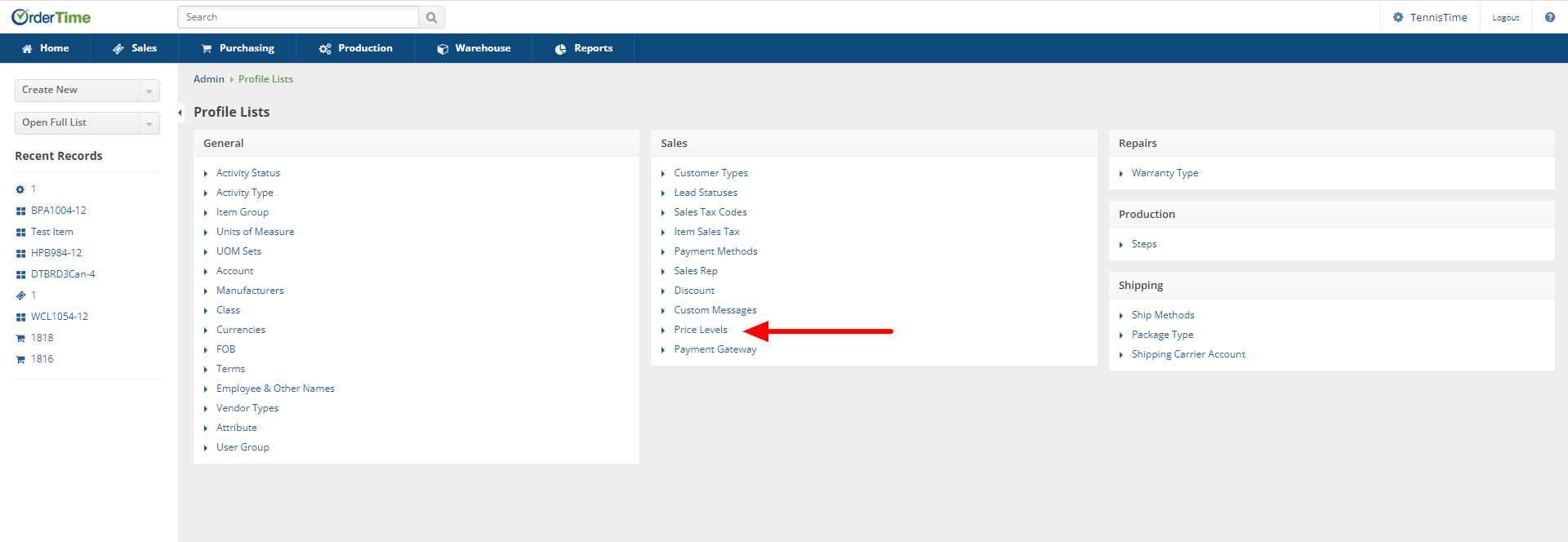
The Price Levels screen will present multiple options from the Drop Down menu in the Type field.
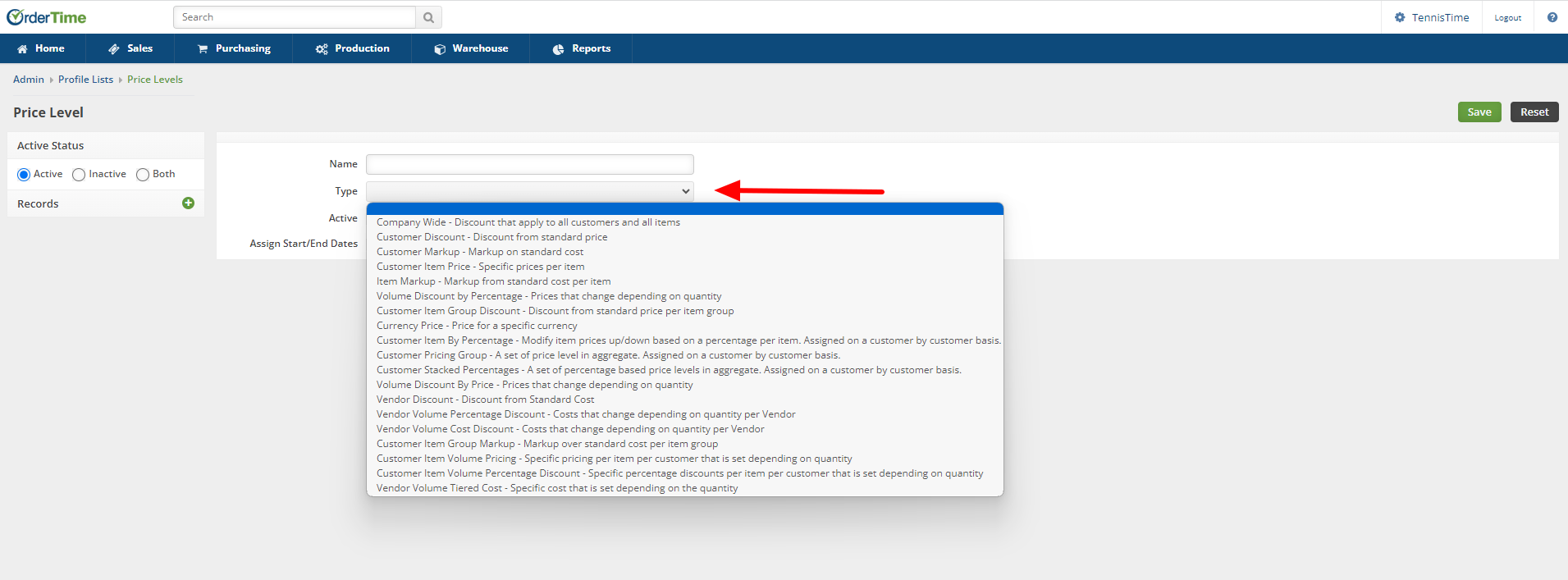
Types
Depending on the Type you have chosen, the rest of the tab will vary greatly. Below are the different Price Level types:
- Company Wide (Company). The Company Wide price level applies a specified discount to the price after all other price levels have been applied. Only one 'Company Wide' price level can exist.

- Customer Discount (Customer). The Customer Discount applies a specific discount (or markup) to the price after all item level price levels have been applied. The Customer Discount will be applied to all items' standard prices for a specific customer. Once created, go to the Customers List to apply a customer discount to a specific customer.
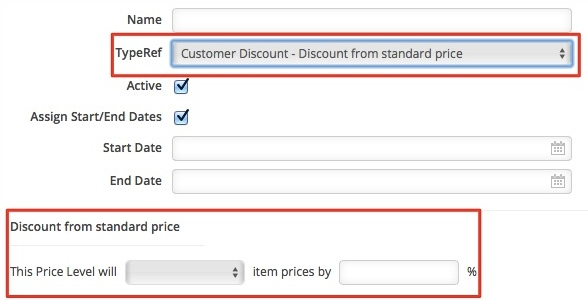
- Customer Markup (Customer). The Customer Markup is a markup % that is applied to the cost of an item for a specific customer. Once created, go to the Customers List to apply a customer markup to a specific customer.
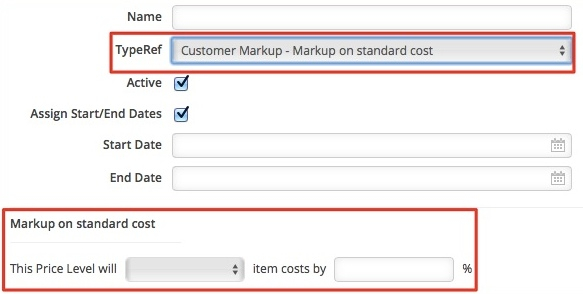
- Customer Item Price (Customer). The Customer Price is a list of prices for all items for a specific customer. The Customer Price allows more flexibility than the Customer Markup or Customer Discount, as a specific price can be set for each item for a customer with the created price level. Once created, go to the Customers List to apply a customer price to a specific customer.
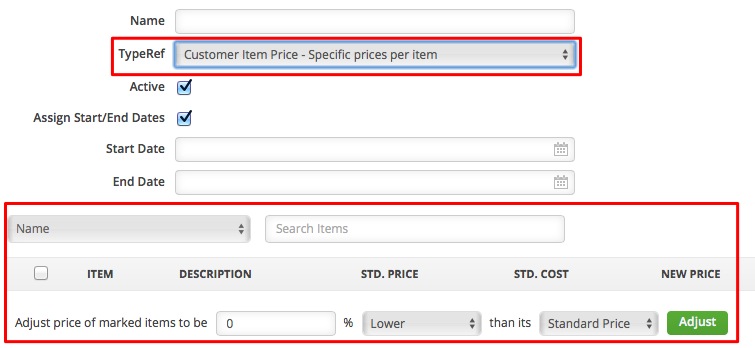
- Item Markup (Item). The Item Markup is a markup % that is applied to the cost of specific items. Only one Item Markup price level could exist.
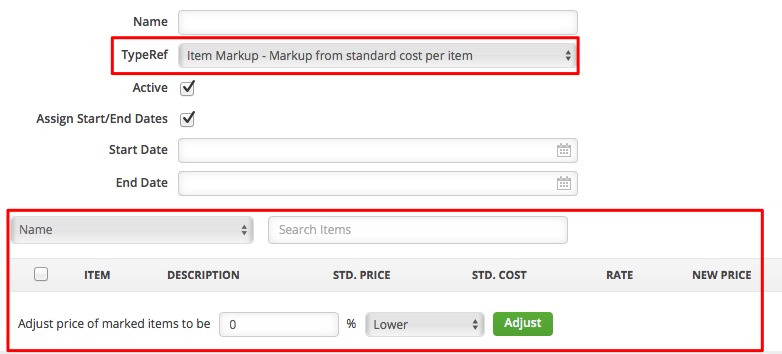
- Volume Discount By Percent (Item). The Volume Discount is a discount that can be applied to a subset of an item's from the company's inventory. By specifying a quantity minimum and maximum, all items included in the Volume Discount that fall into one of the quantity ranges will receive the discount specified by the appropriate range. For example, a Volume Discount is created that specifies a discount of 10% for quantities from 10 to 15 and 20% for quantities from 16 to 20. If the item "Screw" is added to the new Volume Discount and 13 are shipped, that item may have a 10% discount applied to it. Important - Each item in a company's inventory can only exist on a single price level at a time.
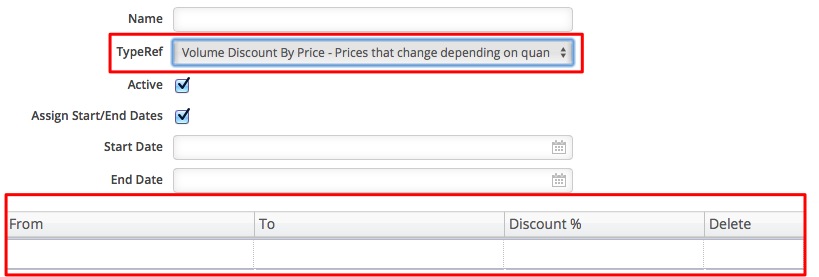
- Customer Item Group Discount (Customer). This is similar to the Customer Discount, except that you can set a percentage on a per Item Group basis. Additionally, this discount remains true to its name as a discount-only feature - you can only reduce the standard price, not raise it.
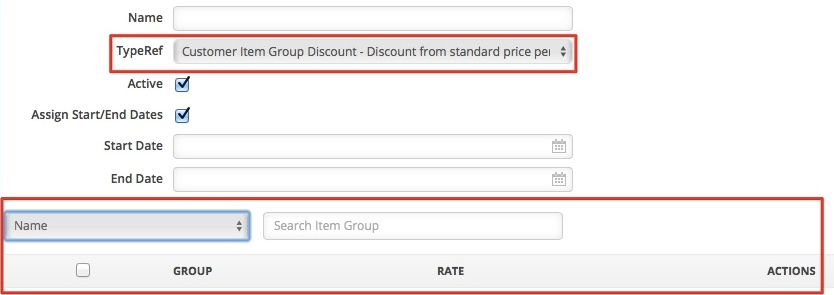
- Currency Price (Company). A discount or markup can be applied to individual items when purchased in a different currency, often useful for off-setting the costs of international banking or keeping your prices more in line with local markets. This list references the Currencies profile list. NOTE: When currency prices are not set, the system will convert the standard price using the foreign exchange rate defined in the Currencies profile list.
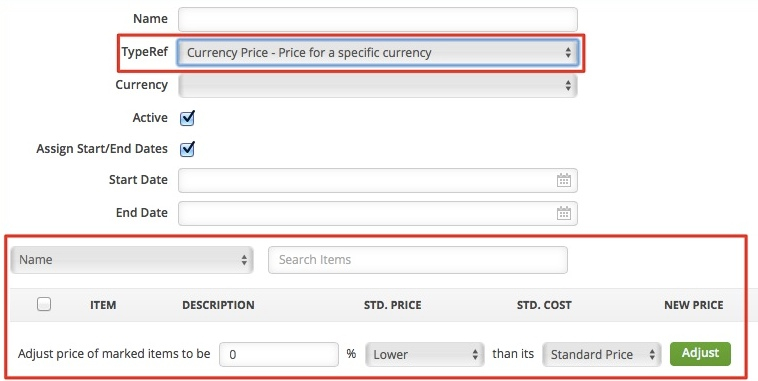
- Customer Item By Percentage (Company). The Customer Item By Percentage is a list of percentage based markups or markdowns for all items for a specific customer. The Customer Item By Percentage allows more flexibility than the Customer Markup or Customer Discount, as a specific positive or negative percentage can be set for each item for a customer with the created price level. Once created, go to the Customers List to apply a customer price to a specific customer.
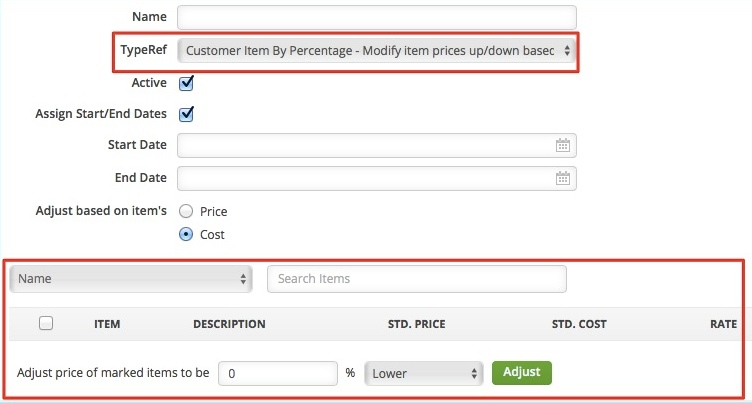
- Customer Pricing Group (Customer). The Customer Pricing Group can be used to aggregate multiple customer specific price levels into a single price level which can be assigned to a customer. When finding a price for a customer, if more than one of the price levels in the group have an assigned price for a specific item, the group can select the price based on which one is the lowest, which one is the highest, or the last one found based on the order of the price levels in the group.
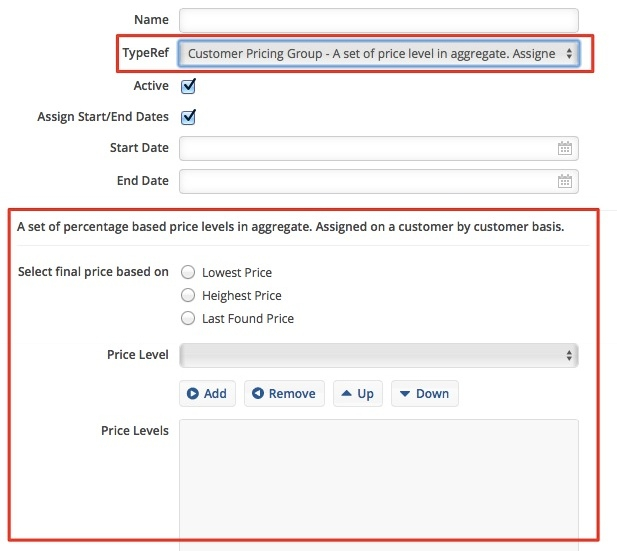
- Customer Stacked Percentages (Customer). The Customer Stacked Percentages can be used to aggregate multiple price levels, such as combined discounts, to arrive at a final price. For example, there are 2 discounts for a specific item, a 15% sale discount and a 10% voucher discount. The discounts will be applied to different entities but the same transaction, such that the 15% sale discount will be applied to the original price, then the 10% voucher discount will be applied to the reduced price.
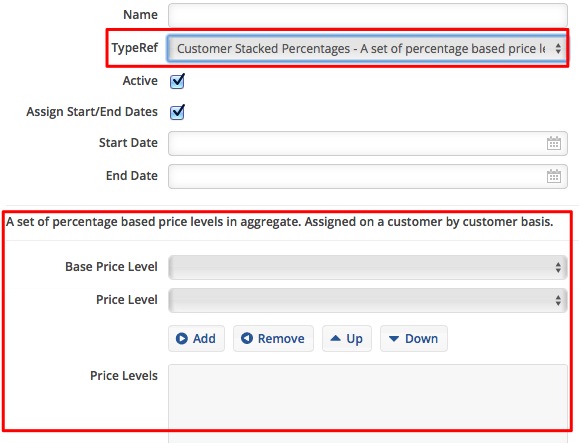
- Volume Discount By Price (Item). Prices that change depending upon quantity.

- Vendor Discount (Vendor). Discount from Standard Cost for a Vendor.
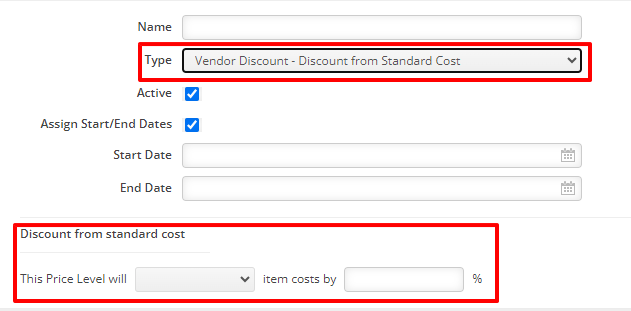
- Vendor Volume Percentage Discount (Vendor). Costs that change depending upon quantity per Vendor.
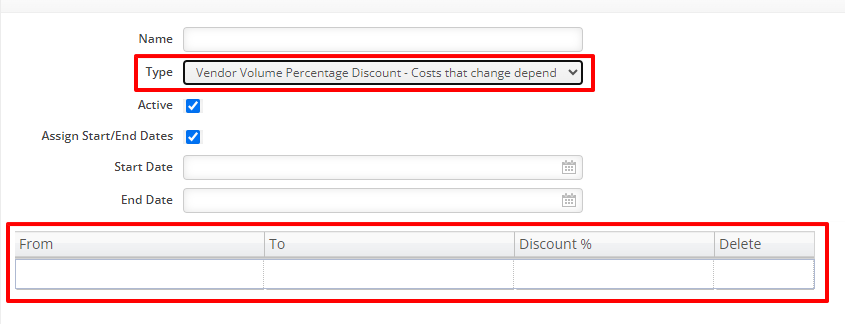
- Vendor Volume Cost Discount (Vendor). Costs that change depending upon quantity per Vendor.
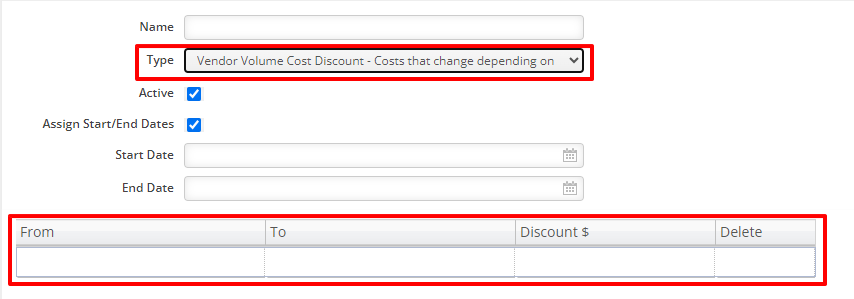
- Customer Item Group Markup (Customer). Markup over standard cost per Item Group.

- Customer Item Volume Pricing (Customer). Specific pricing per Item per Customer that is set depending upon quantity.

- Customer Item Volume Percentage Discount (Customer). Specific percentage discounts per item per customer that is set depending upon quantity.

- Vendor Volume Tiered Cost (Vendor). Specific cost that is set depending upon the quantity.
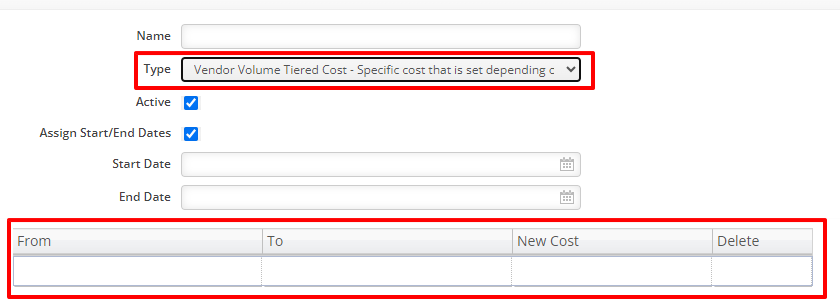
Applying Price Levels
Below is an illustration of how pricing is applied to items:
NEXT: Adding Price Levels












